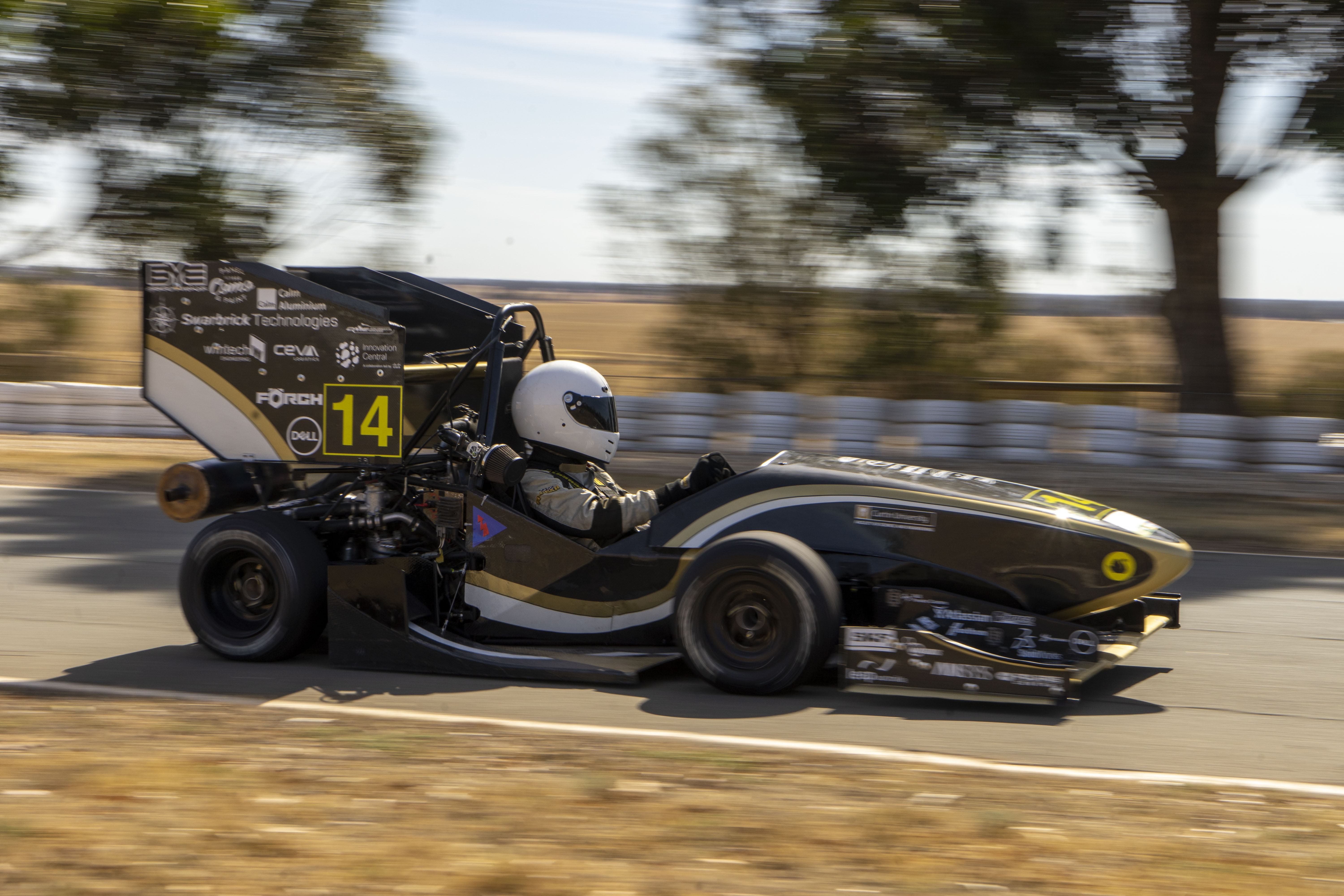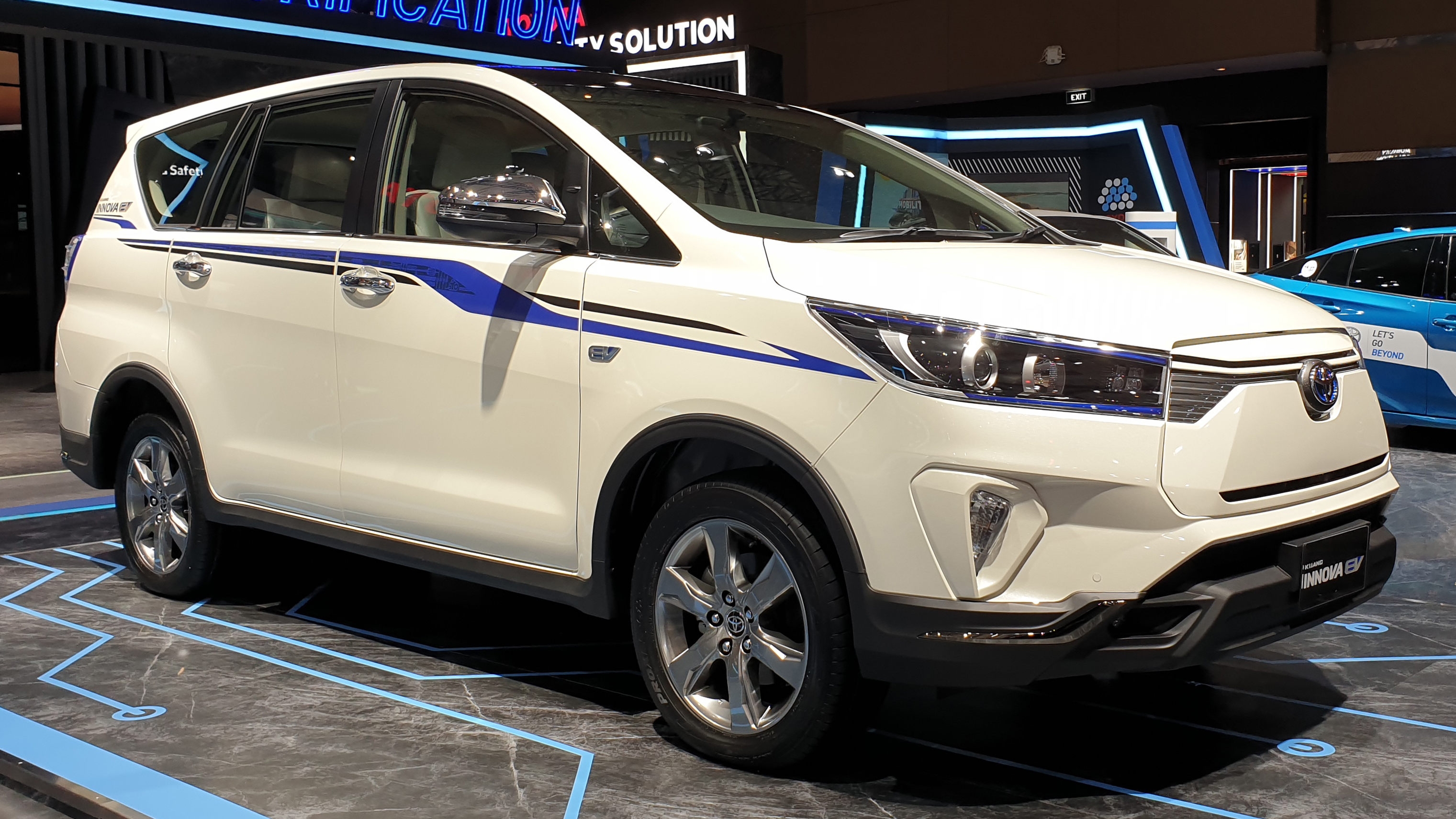|
Basic Transportation Vehicle
A Basic Utility Vehicle (BUV) is a simple rugged vehicle designed for use in the developing world. A slew of such vehicles were developed in the late 1960s and early 1970s; most only reached limited production and market penetration as used Western vehicles often proved cheaper. In Southeast Asia, these are often referred to as "AUVs", or "Asian Utility Vehicles". They have also been called "Basic Transportation Vehicles" (BTV). The acronym has also been used by the Institute for Affordable Transportation (IAT), who currently holds annual competitions aimed at developing new such vehicles. 1960s Greek financier Peter Kondorgouris began producing a small utility vehicle called the Farmobil, based on a 1957 design by Wilfried Fahr of Switzerland. Using BMW engines, about 1000 were built between 1962 and 1966. The Farco company was taken over by Chrysler in the mid-sixties and they took over distribution in many markets. 1970s Basic utility vehicles were developed by Ford and GM s ... [...More Info...] [...Related Items...] OR: [Wikipedia] [Google] [Baidu] |
Bedford HA
The Bedford HA was a car derived van introduced in 1963 by Bedford, based on the Vauxhall Viva (HA) family car. It was also known as the Bedford Beagle in estate form and Bedford Roma in small campervan form. The Beagle was an officially sanctioned conversion based on the 8 cwt van, carried out by Martin Walter of Folkestone, Kent. The Beagle received rear side windows and a fold-down rear seat; leaving of luggage space with the seat in use. __TOC__ History The Bedford HA was extremely popular with utility companies in the United Kingdom, particularly the Royal Mail, British Rail, electricity boards, the GPO (later British Telecom (BT)), and British Gas. Many other firms such as British European Airways and Meals on Wheels services had large fleets as well. It was the inspiration for Postman Pat's original van. It was originally available in 6 cwt and heavier duty 8 cwt models (payloads of ), with the chassis codes HAE and HAV respectively. Gross vehicle we ... [...More Info...] [...Related Items...] OR: [Wikipedia] [Google] [Baidu] |
Institute For Affordable Transportation
The Institute for Affordable Transportation (IAT) is a non-profit organization located in Indianapolis, Indiana, USA. The IAT is devoted to developing high-quality, low-cost transportation to provide mobility, freedom and economic hope to people in rural areas of developing countries. This involves a class of transportation known as a Basic Utility Vehicle (BUV). BUV's are designed to provide mobility, freedom and economic hope to people in rural areas of developing countries. The BUV can promote trade and sustainable development by allowing micro-business growth and trade at a grassroots level. In order to engage young engineering and technology talent, the IAT has enlisted educational institutions in the design and development of BUV's. Other universities are involved with the IAT initiative in marketing research to calculate costs, target market, distribution, location, service and logistics issues. Will Austin, the Executive Director of IAT, began working full-time on the ... [...More Info...] [...Related Items...] OR: [Wikipedia] [Google] [Baidu] |
Nissan A Engine
The Nissan A series of internal combustion gasoline engines have been used in Datsun, Nissan and Premier brand vehicles. Displacements of this four-stroke engine family ranged from 1.0-liter to 1.5-liter and have been produced from 1967 till 2009. It is a small-displacement four-cylinder straight engine. It uses a lightweight cast iron block and an aluminum cylinder head, with overhead valves actuated by pushrods. The Nissan A engine design is a refined, quiet and durable gasoline engine. It appears to be a modern replacement of the earlier iron-headed Nissan C and Nissan E engines and is of similar dimensions. The 1960s E series was an all-new design from newly acquired Aichi Kokuki, and integrated Nissan's improvements to the BMC B-Series engine design of the 1950s (Nissan was a licensee of Austin Motor Company technology), mainly comprising changing the camshaft from the left side to the right side so removing the intrusion of the pushrods from the porting allowing 8 ind ... [...More Info...] [...Related Items...] OR: [Wikipedia] [Google] [Baidu] |
Formula SAE
Formula SAE is a student design competition organized by SAE International (previously known as the Society of Automotive Engineers, SAE). The competition was started in 1980 by the SAE student branch at the University of Texas at Austin after a prior asphalt racing competition proved to be unsustainable. Concept The concept behind Formula SAE is that a fictional manufacturing company has contracted a student design team to develop a small Formula-style race car. The prototype race car is to be evaluated for its potential as a production item. The target marketing group for the race car is the non-professional weekend autocross racer. Each student team designs, builds and tests a prototype based on a series of rules, whose purpose is both ensuring on-track safety (the cars are driven by the students themselves) and promoting clever problem solving. The prototype race car is judged in a number of different events. The points schedule for most Formula SAE events is: In additi ... [...More Info...] [...Related Items...] OR: [Wikipedia] [Google] [Baidu] |
Student Design Competition
A student design competition is a specific form of a student competition relating to design. Design competitions can be technical or purely aesthetic. The objective of technical competitions is to introduce students to real-world engineering situations and to teach students project-management and fabrication techniques used in industry. Aesthetic competitions usually require art and design skills. Both students and industry benefit from intercollegiate design competitions. Each competition allows students to apply the theories and information they have learning in the class room to real situations. Industry gains better prepared and more experienced engineers. History Through the 1970s only one competition of significance existed: Mini Baja. Today, almost every field of engineering has several design competitions, which have extended from college down into high school (e.g., FIRST Robotics) and even younger grades (e.g., FIRST Lego League). The Society of Automotive Engineers ... [...More Info...] [...Related Items...] OR: [Wikipedia] [Google] [Baidu] |
Africar
The Africar project set out to provide vehicles able to cope well with the rough terrain of Africa, but also cheap enough to be bought widely in Africa. Design They were initially to have Citroën engines and drivetrains, until such time as Africar's own engine and drive train was fully developed. The bodywork was to be made of epoxy-coated wood – the 'West' system used in the construction of some yachts – which could be repaired with locally-available labour and materials. The wood for building the cars was to be obtained from sustainably-managed forests. Production A company, Africar International Limited, was set up in 1986 to make and sell the vehicles. Based in Lancaster, England, it intended to offer a variety of vehicles, ranging from a four-wheel drive car to an eight-wheel-drive panel truck. There was considerable interest in the vehicles and their potential, both from firms who saw the commercial possibilities of the project, and from users who appreciated th ... [...More Info...] [...Related Items...] OR: [Wikipedia] [Google] [Baidu] |
General Motors
The General Motors Company (GM) is an American Multinational corporation, multinational Automotive industry, automotive manufacturing company headquartered in Detroit, Michigan, United States. It is the largest automaker in the United States and was the largest in the world for 77 years before losing the top spot to Toyota in 2008. General Motors operates manufacturing plants in eight countries. Its four core automobile brands are Chevrolet, Buick, GMC (automobile), GMC, and Cadillac. It also holds interests in Chinese brands Wuling Motors and Baojun as well as DMAX (engines), DMAX via joint ventures. Additionally, GM also owns the BrightDrop delivery vehicle manufacturer, GM Defense, a namesake Defense vehicles division which produces military vehicles for the United States government and military; the vehicle safety, security, and information services provider OnStar; the auto parts company ACDelco, a GM Financial, namesake financial lending service; and majority ownership in t ... [...More Info...] [...Related Items...] OR: [Wikipedia] [Google] [Baidu] |
Toyota Innova
The Toyota Innova is a car manufactured by the Japanese carmaker Toyota since 2004. It is a multi-purpose vehicle (MPV) or minivan and mainly sold with three-row seating. Its official name in Indonesia is Toyota Kijang Innova, while for other countries it is simply called "Innova". For the second generation, it is known as Toyota Innova Crysta in India and Thailand. For the third generation, it received another moniker in Indonesia as the Toyota Kijang Innova Zenix and in India as the Toyota Innova HyCross. The Innova is the replacement for wagon versions of Kijang (internally known as the Toyota Utility Vehicle), which was also marketed under different names such as Tamaraw FX/Revo, Unser, Zace and Condor. Like the outgoing Kijang, the first two generations (2004–2022) of the Innova were a rear-wheel-drive vehicle built on the body-on-frame chassis shared with the Hilux pickup truck and the Fortuner SUV under the IMV project, instead of the unibody construction commonly use ... [...More Info...] [...Related Items...] OR: [Wikipedia] [Google] [Baidu] |
Compact MPV
Compact MPV (an abbreviation for Compact Multi-Purpose Vehicle) is a vehicle size class for the middle size of MPVs. The Compact MPV size class sits between the mini MPV and large MPV (minivan) size classes. Compact MPVs remain predominantly a European phenomenon, although they are also built and sold in many Latin American and Asian markets. As of 2016, the only compact MPV sold widely in the United States was the Ford C-Max. Characteristics The flexibility of the interior seating is a common theme amongst compact MPVs. Many models have seats that can be individually folded or easily removed, and the upright seating positions maximises use of the interior space. The seating arrangement is usually either two rows (for a total of five seats) or three rows (for a total of seven seats), with the second row having three seats and the other row(s) having two seats. Some compact MPVs also three seats in both the front and rear rows, and are therefore referred to as six-seaters ... [...More Info...] [...Related Items...] OR: [Wikipedia] [Google] [Baidu] |
Toyota Kijang
The Toyota Kijang is a series of pickup trucks, multi purpose vehicles and light commercial vehicles sold mainly in Southeast Asia, Taiwan and India by Toyota. It was first introduced in Indonesia in 1977 and had become the most popular car in the country of its time. The same vehicle was introduced earlier in the Philippines as the Toyota Tamaraw, where it was launched in December 1976. Fourth-generation models in the Philippines were sold under the Toyota Revo nameplate. The Kijang was also sold in other countries, and is known as the Toyota Qualis in India and Nepal (third generation), Toyota Zace in Vietnam and Taiwan (third and fourth generation), Toyota Unser in Malaysia (fourth generation) and Toyota Stallion in Africa for the basic models (third and fourth generation), with higher specifications labelled Toyota Venture (third generation) and Toyota Condor in South Africa (fourth generation). Due to the varying names used in different countries, the vehicle is internally ... [...More Info...] [...Related Items...] OR: [Wikipedia] [Google] [Baidu] |

.jpg)




